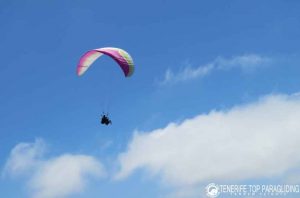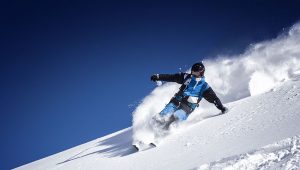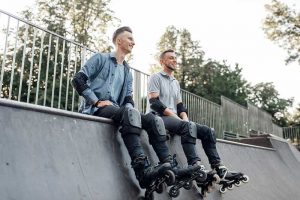The origins of inline skates are quite intriguing. One of the earliest prototypes of skates was a mechanism in which the wheels were arranged in a straight line, very similar to modern inline skates.
Later inline skates were completely superseded by the advent of four-wheeled skates (two-wheeled skates with wheels). For a long time, inline skates remained in the collections of only a few enthusiasts until competition between two major companies introduced the sport as a new activity. Today inline skating is more than a sport and more than a hobby: for many people it is a way of life.
A bit of history
Skates are almost as old as mankind: the ancestors of this mechanism date back 300-400 years BC. These were animal bones that were crushed into skates and attached to the sole of the shoe to move on the ice. The creation of the first inline skates is attributed to an eccentric Belgian inventor, Joseph Merlin, who, in his old age, with sabots with wheels on his feet and a violin in his hand, crashed into the window of a luxury shop in central London: he forgot to invent the brakes.
In 1825 Tiles, a London inventor, patented the first forerunner of the inline skate, the hot rod. It was a mechanism with five small wheels that moved in a straight line and was a great success.
In fact, it was first used by elegant waitresses in a London brewery and later as an alternative to roller skates in some Berlin opera companies.
In the second half of the 19th century, Americans invented four-wheeled skates: two pairs of wheels on each side, with soft pads on which it was very easy to balance. Ball bearings were invented shortly afterwards. The four-wheeled skates proved surprisingly successful: they completely superseded the previous models. And the inline skates? The history of inline skates began in Las Vegas in the early 1980s, when an Italian entrepreneur was impressed by the antics of a young man wearing extravagant straight-wheeled skates: it was Scott Olson, a hockey player who managed to create a mechanism that allowed the sport to be played without ice.
The entrepreneur was the owner of the Roces factory in Venice, where skates were manufactured. Cavazin was delighted and gave the boy a pair of his skates. Soon after, Olsson turned up at Roces and a deal was struck: the factory would supply the frame and the enterprising skater would modify it to fit the skates. Olsson founded Rollerblade with financial backing to promote and sell inline skates, while Roces was responsible for research and improvements. But when Benetton bought Rollerblade, Roca, who had no patent on inline skates, was forced to fight back by launching its own line of skates. After much discussion, Roca was able to prove that it had been actively involved in the development of the skates and was able to obtain production rights without having to pay royalties to Benetton, as all subsequent skate manufacturers had to do.










More Stories